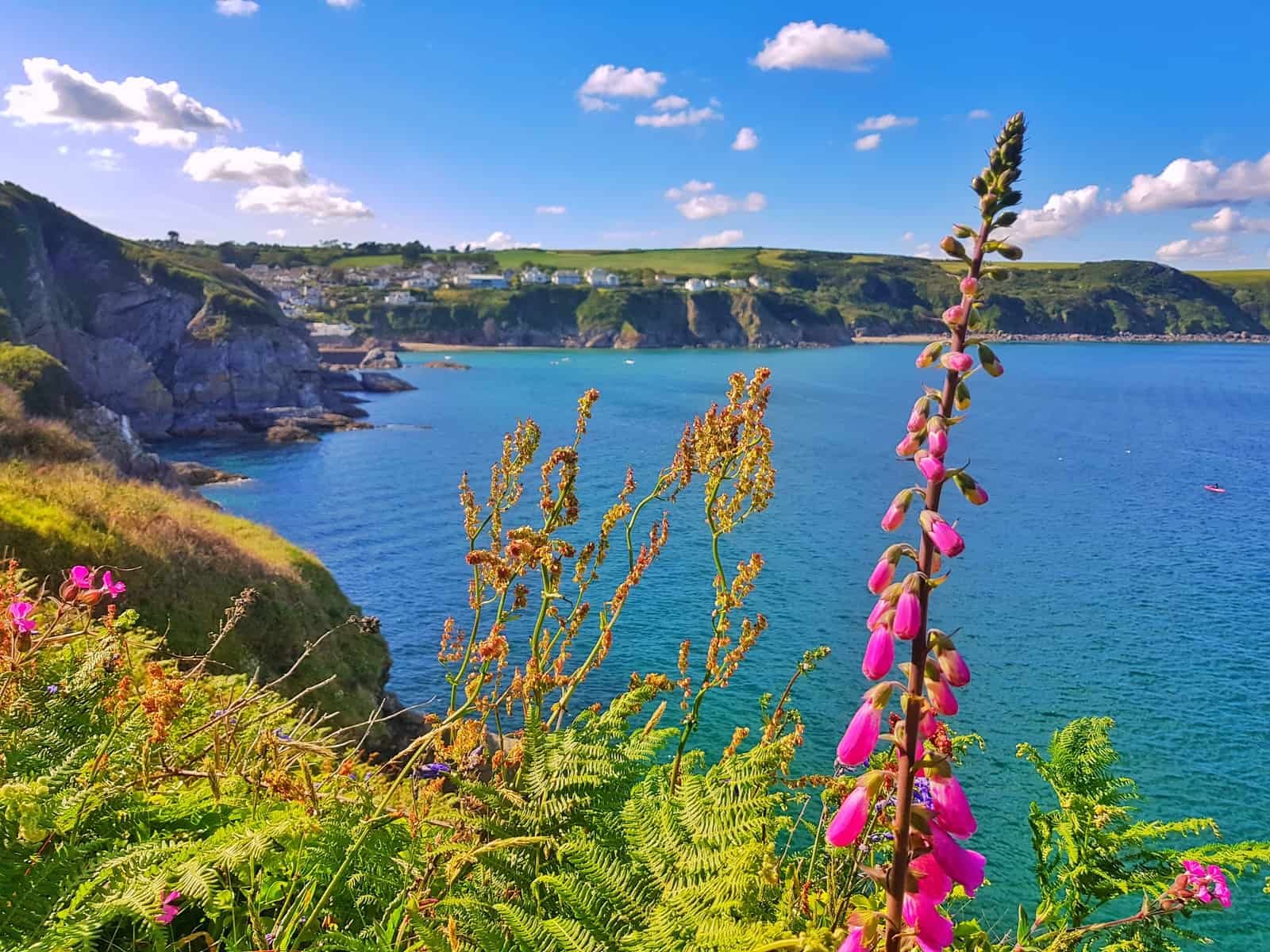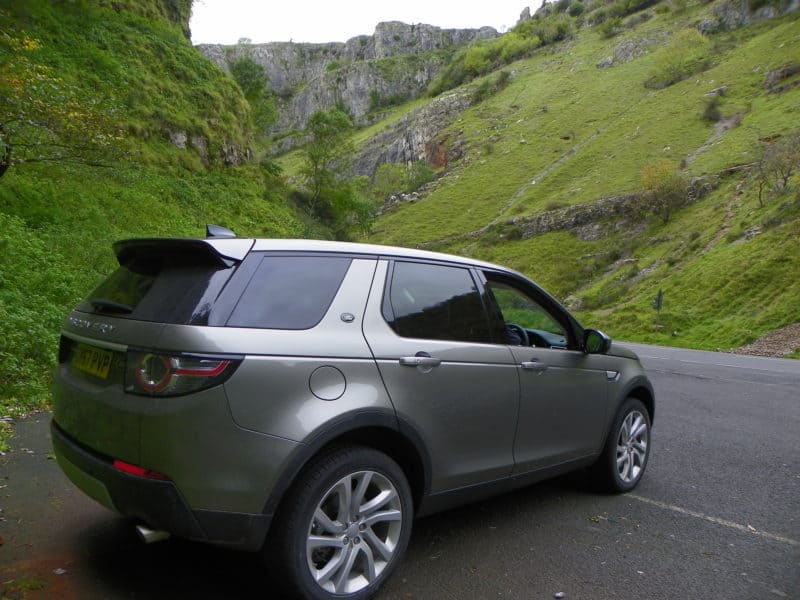What to look for when buying coffee beans?
Advertorial Guest Post
If you’re someone who can’t start their morning before you have a cup of coffee… Well, you’re definitely not alone. But, us coffee lovers don’t just want any old cup – we want a delicious brew that smells irresistible and has all the right flavour notes. So, this guide will help you understand what to look for when buying your next bag of coffee beans.
Origin: single origin and blends
The “origin” on your coffee packaging refers to the geographic area where the beans grow from – the country, region and sometimes even a specific farm. Single-origin coffees come from one specific location, whereas blends combine them from multiple different origins. This influences the taste profoundly.
For instance, single-origin coffees tend to reflect the distinct flavour profiles associated with that particular region. Everything from soil conditions to the altitude and climate can affect how your beans will taste. You may expect brighter and more nuanced characteristics, often with seasonal variations.
Blends, conversely, have a more consistent and balanced flavour profile that’s also complex. Established brands, such as Lavazza whole bean coffee, are known for their artful blends that deliver reliable cup after cup.
Bean type: Arabica VS Robusta
Arabica and Robusta are the two dominant coffee species, each bringing their own unique qualities. Arabica, comprising 60-70% of global production, tends to have sweeter notes of fruit, flowers, chocolate, and higher acidity. Growing at higher altitudes and, therefore, lower temperatures, Arabica beans tend to have lower caffeine content too.
Robusta, on the other hand, presents a bolder taste that’s more nutty or intensely chocolatey, flourishing at lower altitude and humid conditions. This type of bean also contains significantly higher caffeine, making it ideal for espresso-based drinks.
Roast levels: light, medium, dark
The roasting process is where green beans are transformed to get their iconic brown colour and signature flavours. The level to which a coffee bean is roasted (light, medium or dark) will impact the final taste too.
Light roasts tend to be light brown and preserve a lot of their origin traits better. At this level, they tend to taste brighter and more acidic, often featuring fruity and floral notes. Dark roasts appear dark brown to black, often with an oily sheen. Here, roast characteristics dominate, yielding bold, smoky flavours that are bittersweet and less acidic. Meeting them in the middle is the medium roast, which aims to strike a good balance of flavour and aroma.
Sometimes, the roast levels will also appear on the packaging as numbers, often 1 to 10, with 1 being very light and 10 being very dark. This is just a different way to describe it to the consumer.
Flavour notes
Most coffee bean packages have “flavour notes” on them, typically something like “chocolatey”, “citrus”, “nutty”, “caramel” or “berry”. Now, unlike what some people assume, this does not mean that the coffee beans have additional flavourings. Instead, they are descriptions of the subtle aromatic and taste profiles in the coffee at hand.
These descriptors are typically identified by professional tastes, known as cuppers. They taste the coffee and describe what familiar flavours it reminds them of the most. The purpose is to help you understand what kind of undernotes and aroma you can expect in this bag of coffee.
What’s your brew?
Each element on the package plays a role, so understanding this information will allow you to buy your coffee beans better-informed. However, coffee is highly personal and there is no single superior choice. Experiment with different types and flavours, and you will find your perfect brew!



![How CBD Oil Changed Our Expectations for Cannabis Medicine [AD]](https://plutoniumsox.com/wp-content/uploads/2022/08/WAY-OF-LEAF-3.-jpg.jpg)



![Stopping Wet Weather from Damaging Your Home [AD]](https://plutoniumsox.com/wp-content/uploads/2023/05/lightning-gba8692503_1280-1.jpg)